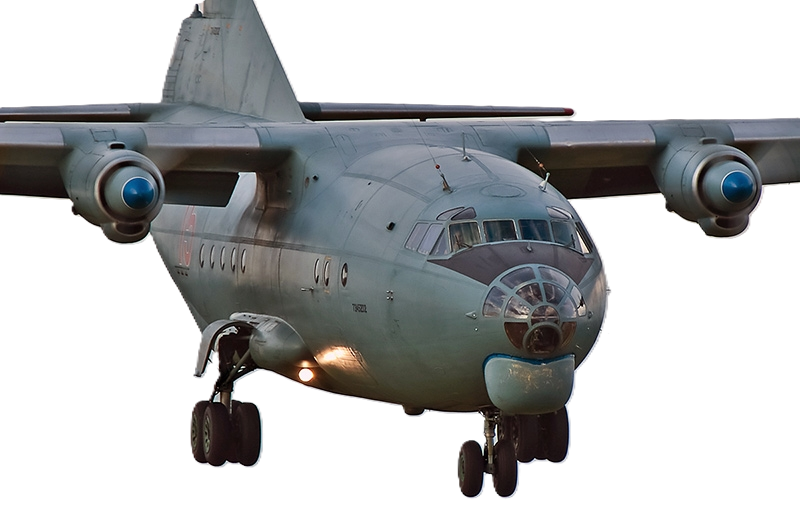Lockheed
F-104S Starfighter
| Role | |
|---|---|
| National origin | United States |
| Manufacturer | Lockheed |
| First flight | 4 March 1954 (XF-104) |
| Introduction | 20 February 1958 (United States) |
| Status | Retired from military service; in use with civilian operators as warbirds |
| Primary users | United States Air Force German Air Force Turkish Air Force Italian Air Force |
| Number built | 2,578 |
| Variants | Lockheed NF-104A Canadair CF-104 Starfighter Aeritalia F-104S Starfighter |
| Developed into | Lockheed CL-1200 Lancer/X-27 Lockheed CL-288 |
.
History Lockheed Aircraft Company
Lockheed F-104S Starfighter
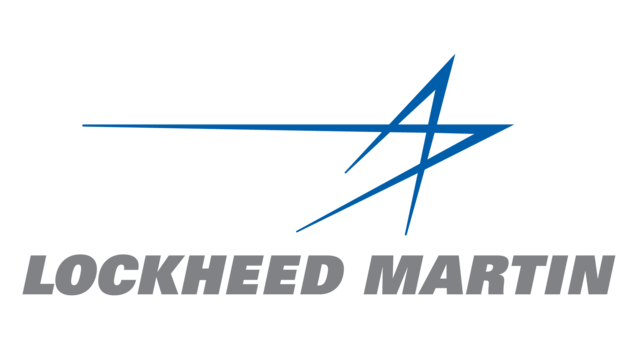
Forty-nine airframes were upgraded from 1995 to 1997 to ASA/M standard with GPS, new TACAN, and Litton LN-30A2 INS, a refurbished airframe, and improved cockpit displays. All strike-related equipment was removed. The last Starfighters in combat service, the F-104S-ASA/M was withdrawn in October 2004 and temporarily replaced by the F-16 Fighting Falcon, while awaiting Eurofighter Typhoon deliveries.
This was an upgraded F-104S equipped with the Fiat R21G/M1 radar with frequency hopping and a look-down/shoot-down capability, new IFF system and weapon delivery computer, and provision for the AIM-9L all-aspect Sidewinder and Selenia Aspide missiles. A total of 150 were built, with the first flight in 1985.
Background and early development
Main article: Lockheed XF-104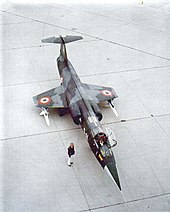
0
KmCeiling
0
KmRange
0
MachAircraft Speed
0
Max Crew
Photo Gallery
Lockheed Aircraft Company
Lockheed F-104S Starfighter


Lockheed Aircraft Company
Lockheed F-104S Starfighter
General characteristics
-
- Crew: 1
- Length: 54 ft 8 in (16.66 m)
- Wingspan: 21 ft 9 in (6.63 m)
- Height: 13 ft 6 in (4.11 m)
- Wing area: 196.1 sq ft (18.22 m2)
Powerplant
-
- Empty weight: 14,000 lb (6,350 kg)
- Max takeoff weight: (13,166 kg)
- Powerplant: 1 × General Electric J79 afterburning turbojet, 10,000 lbf (44 kN) thrust dry, 15,600 lbf (69 kN) with afterburner
Specifications
-
- Maximum speed: (2,459 km/h,
- Maximum speed: Mach 2
- Combat range: (680 km, 360 nmi)
- Ferry range: 1,630 mi (2,620 km
- Service ceiling: 73,000 ft (22,000 m)
- Rate of climb: 48,000 ft/min (240 m/s) Initially
Performance
- Guns: 1 × 20 mm (0.787 in) M61A1 Vulcan 6-barreled rotary cannon, 725 rounds
-
Hardpoints: 7 with a capacity of 4,000 lb (1,800 kg), with provisions to carry combinations of:
- Missiles: 4 × AIM-9 Sidewinder
- Other: Bombs, rockets, or other stores
-
Links to Youtube & Others
The F-104 series all had a very high wing loading (made even higher when carrying external stores). During the early stall tests, the aircraft demonstrated the tendency to suddenly "pitch up" once it reached an angle of attack of approximately 15 degrees.
Lockheed Aircraft
F-104S Starfighter
Clarence L. "Kelly" Johnson, vice president of engineering and research at Lockheed's Skunk Works
Youtube Link
The Starfighter served with NASA from 1956 until 1994. A total of 12 F-104A, F-104B, F-104N, and TF-104G aircraft performed high-speed.


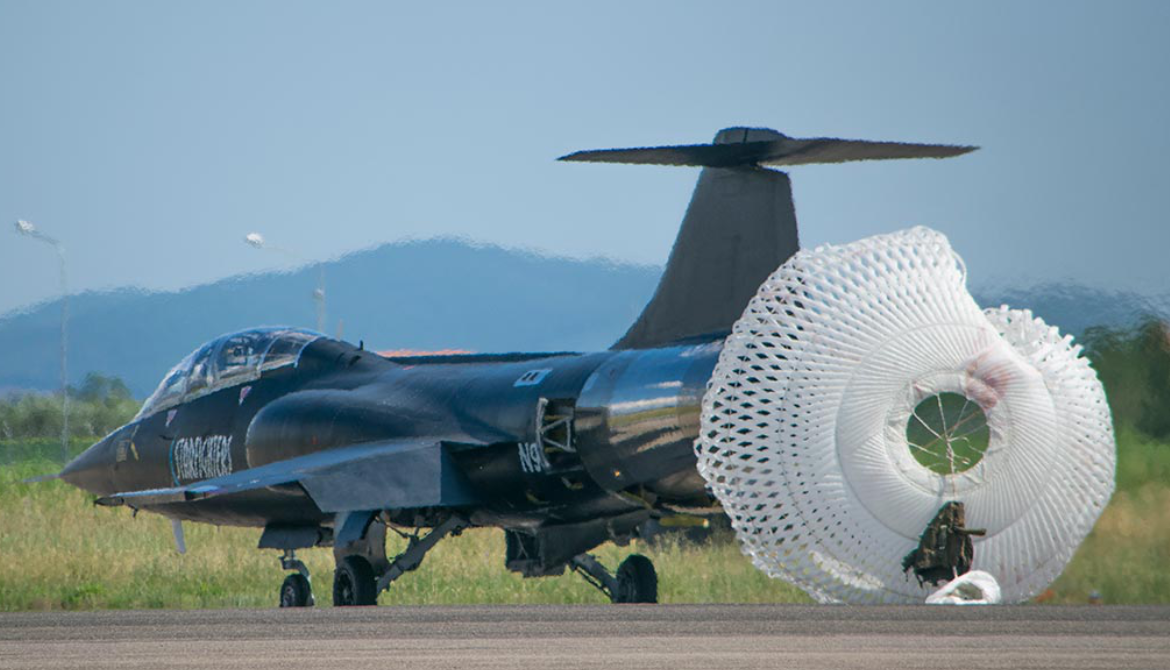
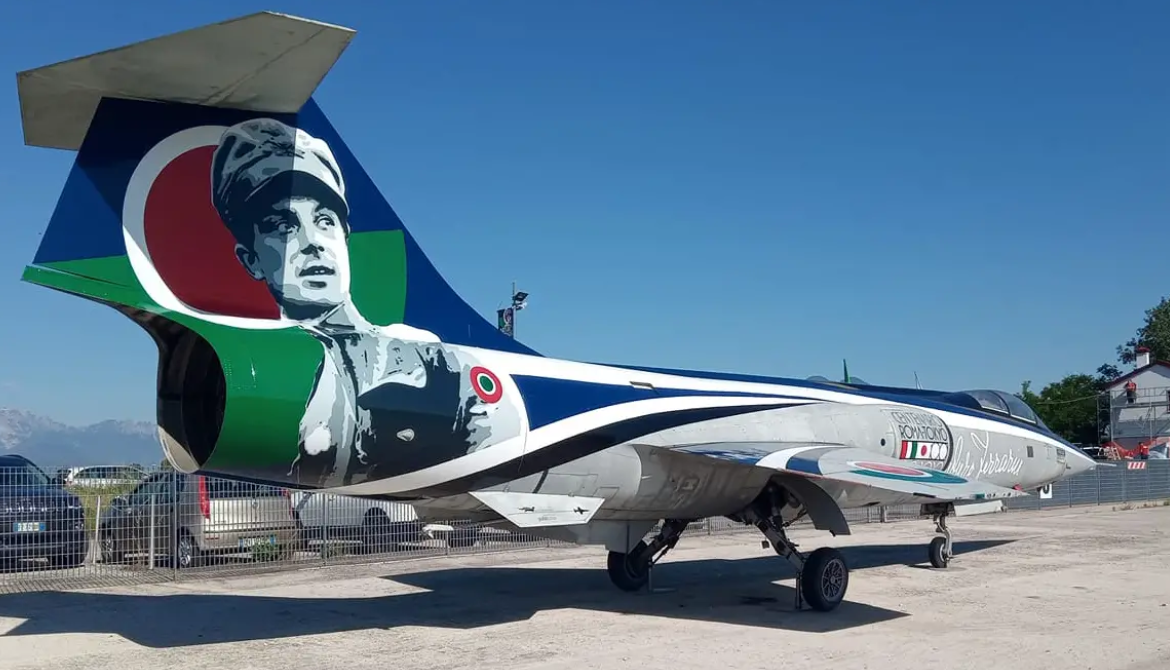
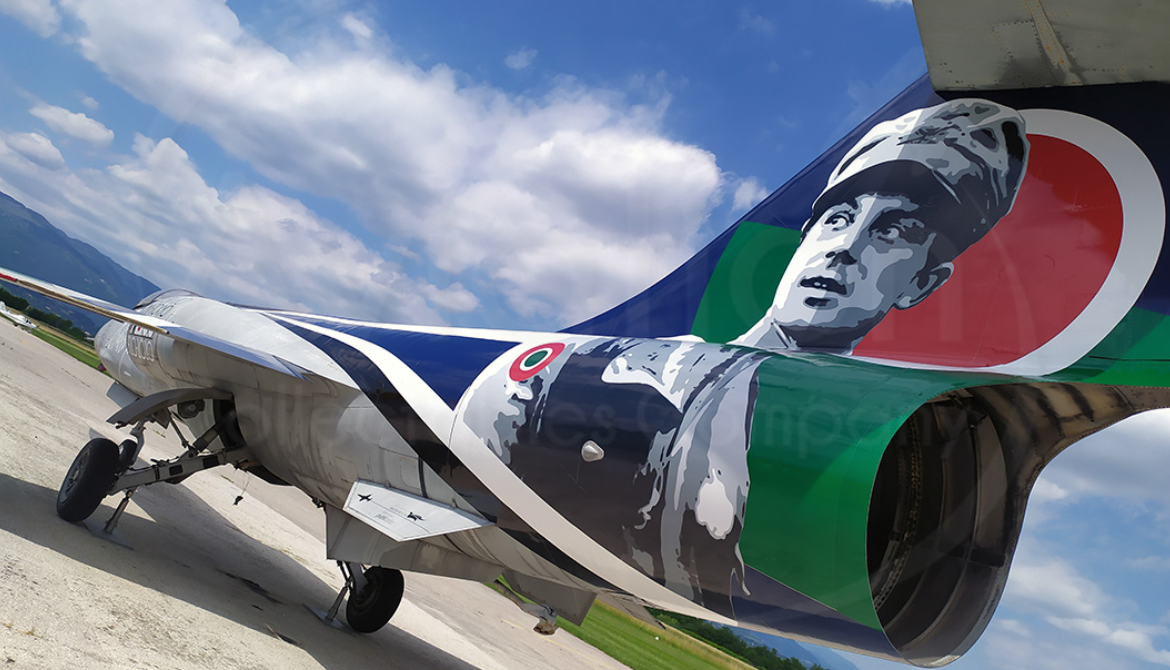



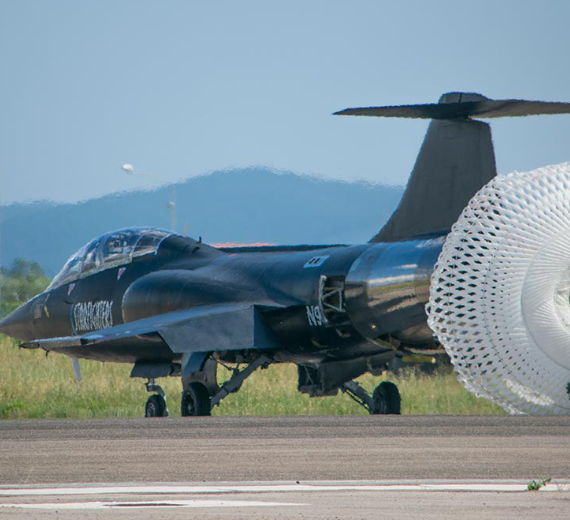


.png)

